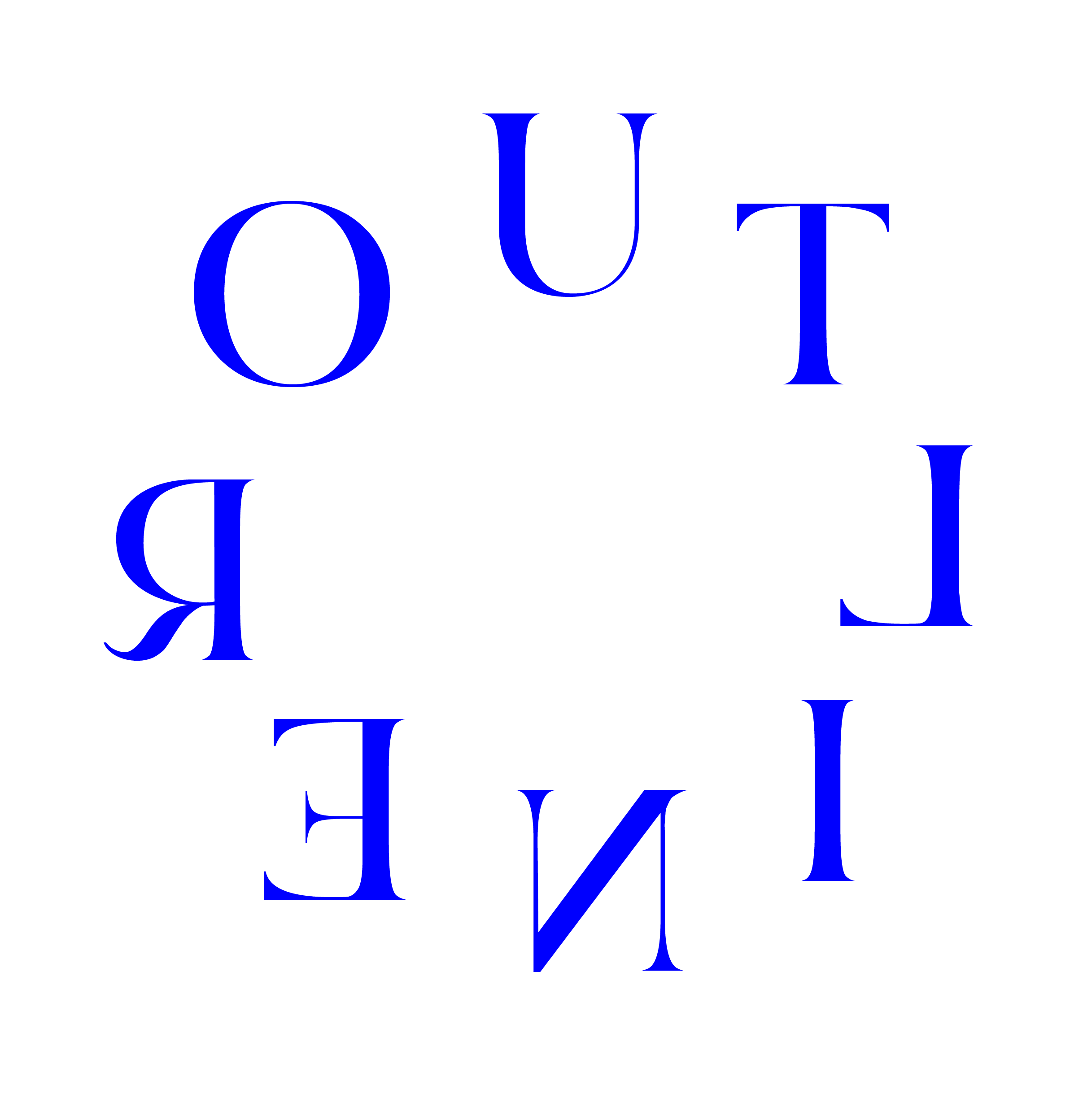6 Common Mistakes in E-Commerce Website Design
Minimalist logo design helps brands create a clean, impactful image free from unnecessary details. In this article, you’ll explore the power of minimalist design and learn how to create a successful minimalist logo. Here are the secrets to building a strong brand identity through simplicity and the key elements to consider in minimalist logo design:
What is Minimalist Logo Design and Why Is It Important?
Minimalist logos are stripped of complexity and designed with clean, simple lines. This style allows your brand message to be communicated more clearly.
Simplicity and Clarity
Minimalist logos use clean, uncomplicated visuals that make your brand easier to understand and remember. For example, Nike’s iconic “swoosh” is a simple design that’s become globally recognized.
Memorability
Simple designs increase recall. A minimalist logo helps customers remember your brand more easily, fostering recognition and preference.
Related Post: Minimalism vs. Maximalism in Logo Design
Advantages of Minimalist Logo Design
Minimalist logo design brings multiple benefits that enhance your brand’s presence and recognizability.
Versatility
Minimalist logos adapt seamlessly across platforms. Whether it’s a website, social media, business card, or packaging, these logos maintain a consistent brand image.
Timelessness
Simple designs transcend trends and can be used for many years. A minimalist logo prevents the need for constant redesign and supports brand consistency over time.
Color in Minimalist Logo Design
Color plays a crucial role in delivering your brand message effectively through minimalist design.
Limited Color Palette
Using a restricted palette—often one or two colors—keeps the logo clean and sophisticated.
Color Psychology
Choose colors based on psychological impact and brand alignment. Blue communicates trust; red, passion and energy. Luxury brands often use gold or black to express exclusivity.
Typography in Minimalist Logo Design
Typography is a foundational aspect of minimalist logos, reflecting brand personality.
Clean Fonts
Use clean, modern typefaces—like sans-serif—for a sleek, contemporary look.
Unique Typography
Custom fonts can make your brand more distinctive. Coca-Cola’s unique script, for example, is a key element of its brand identity.
Related Post: Typography in Logo Design
Use of Negative Space
Negative space is a creative tool in minimalist design, adding depth and meaning.
Creative Details
Incorporating elements like the hidden arrow in FedEx’s logo adds interest and layers of meaning.
Simplicity with Depth
Negative space invites closer inspection. Amazon’s arrow, for example, implies both a smile and that the brand sells everything from A to Z.
Symbolism and Iconography
Symbols and icons play a key role in minimalist logos, helping communicate values quickly.
Simple Symbols
Use straightforward, recognizable icons—like Apple’s apple—for clarity and global appeal.
Meaningful Icons
Your symbols should reflect your values. For eco-friendly brands, leaves or trees emphasize sustainability and purpose.
Practical Tips for Minimalist Logo Application
Here are some practical guidelines to ensure your minimalist logo performs effectively:
Consistency
Use your logo consistently across all brand channels to reinforce recognition.
Testing and Feedback
Test your logo across media and collect feedback. This helps refine the design and improve impact.






Leave a Reply